The Ford Torino Talladega is a unique and somewhat lesser-known gem in the Ford lineup, capturing a specific moment in automotive history. Released as a direct response to NASCAR’s competitive environment, the Torino Talladega was a product of its time, blending performance with a distinctive style. This article explores the car’s release history and provides insights into its current market value.
The Birth of the Ford Torino Talladega
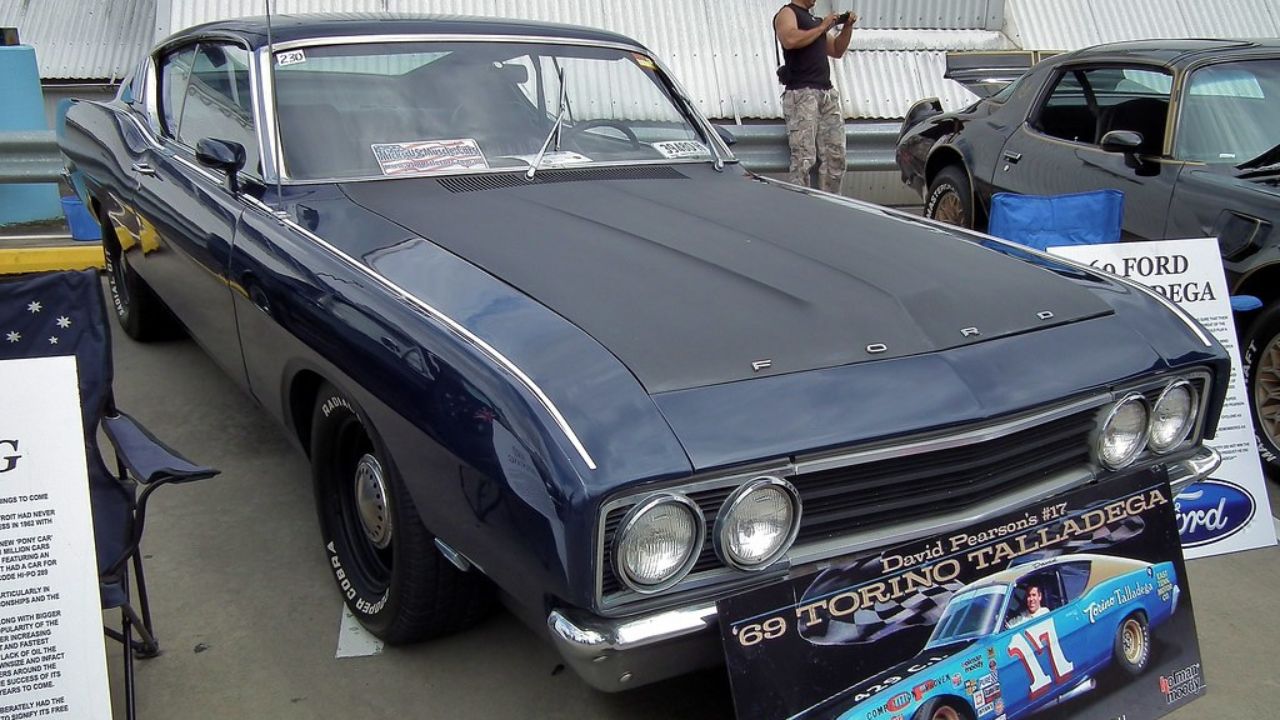
The late 1960s were a golden era for American automotive racing, with NASCAR at the forefront of this cultural phenomenon. Ford, keen on solidifying its dominance in the racing world, recognized the need for a car that could outpace its rivals on the track. Enter the Torino Talladega, a vehicle born out of necessity to secure a competitive edge in NASCAR. Its development was a strategic move to challenge the likes of Dodge and Plymouth, who were also releasing their own high-performance models.
The design and engineering of the Torino Talladega were heavily influenced by the demands of racing. Aerodynamic efficiency was a crucial aspect, leading to a sleeker front end that reduced drag, giving it a significant advantage on the track. The car’s unique shape wasn’t just for show; it was a calculated design choice to improve performance. Ford officially launched the Torino Talladega in January 1969, and it was met with enthusiasm from racing enthusiasts and industry insiders who recognized its potential to change the game.
Production and Features of the Torino Talladega
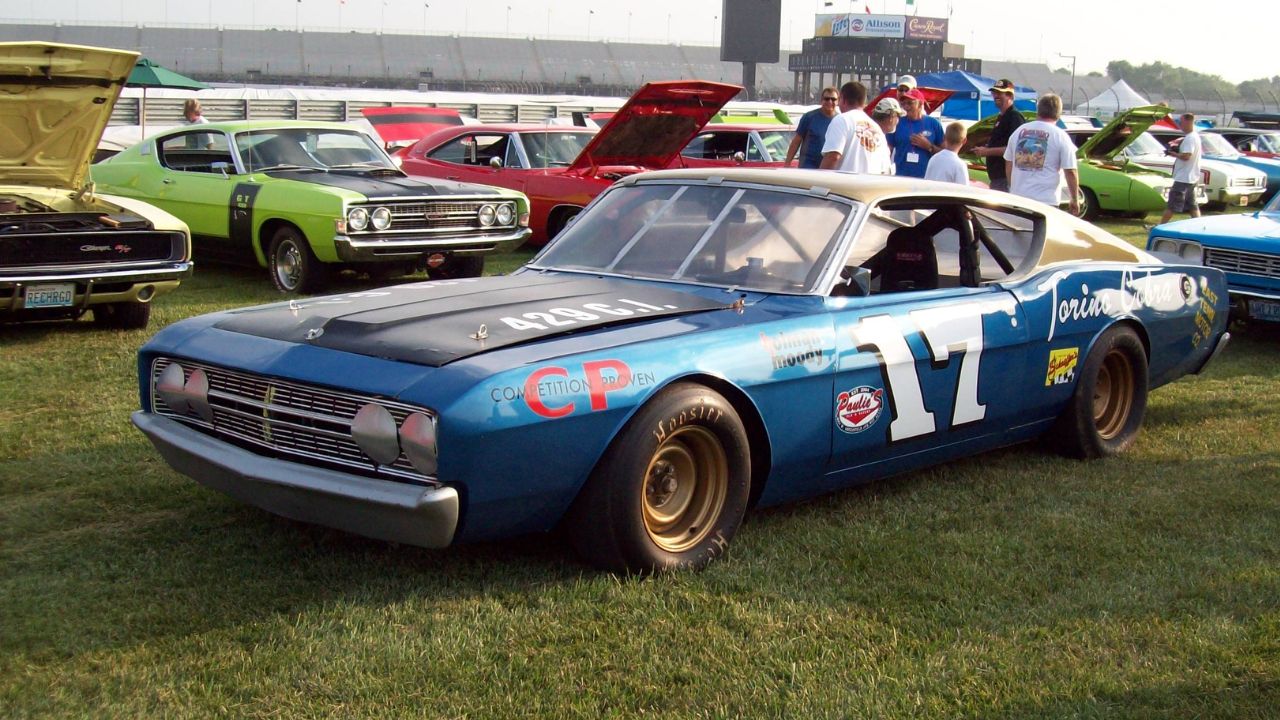
Ford’s Torino Talladega had a limited production run, making it a rare sight even during its heyday. Only around 750 units were ever produced, which adds to its allure today. The exclusivity of the Talladega was partly due to its specific purpose: to homologate the model for NASCAR competition. This limited availability made it a sought-after vehicle for collectors and racing enthusiasts alike.
The Torino Talladega was equipped with a high-performance 428 Cobra Jet V8 engine, which provided the power necessary for competitive racing. It boasted impressive performance specifications, including a top speed that exceeded many of its contemporaries. The car’s unique design elements, such as its flush-mounted grille and extended nose, set it apart from other muscle cars of the era. When compared to competitors like the Dodge Charger Daytona, the Talladega held its own in terms of both performance and style.
Market Value and Collectibility Today
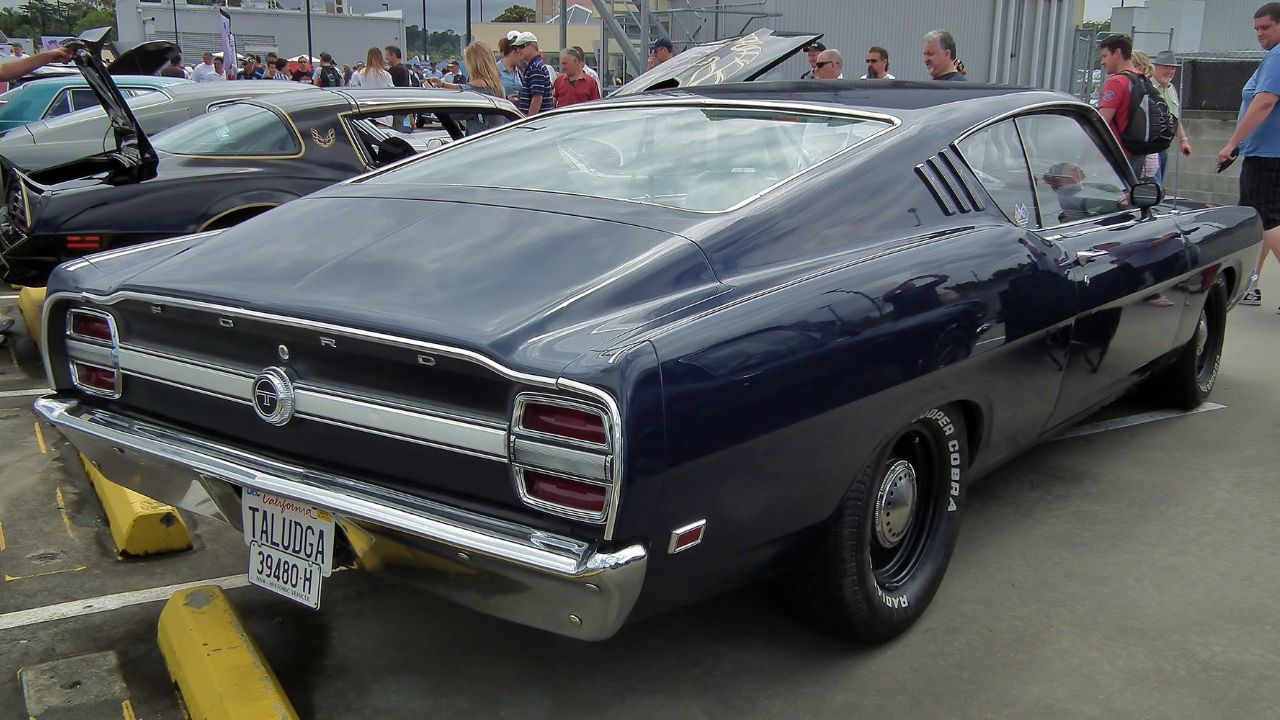
In today’s classic car market, the Ford Torino Talladega holds a unique position. Its value has steadily increased over the years, driven by its rarity and historical significance. Collectors and enthusiasts recognize the Talladega not just as a car, but as a piece of automotive history that symbolizes a pivotal moment in racing. The market trends indicate a growing appreciation for such models, with the Talladega often fetching high prices at auctions.
Several factors contribute to the Torino Talladega’s desirability and value. Its limited production, combined with its racing pedigree, makes it a prized possession for collectors. Additionally, the car’s historical significance in Ford’s racing legacy adds to its allure. Recent sales have seen the Talladega sell for anywhere from $100,000 to $200,000, depending on the car’s condition and originality. For example, a pristine model recently sold at auction for $175,000, highlighting its strong market presence.
Why the Torino Talladega Is a Collector’s Gem
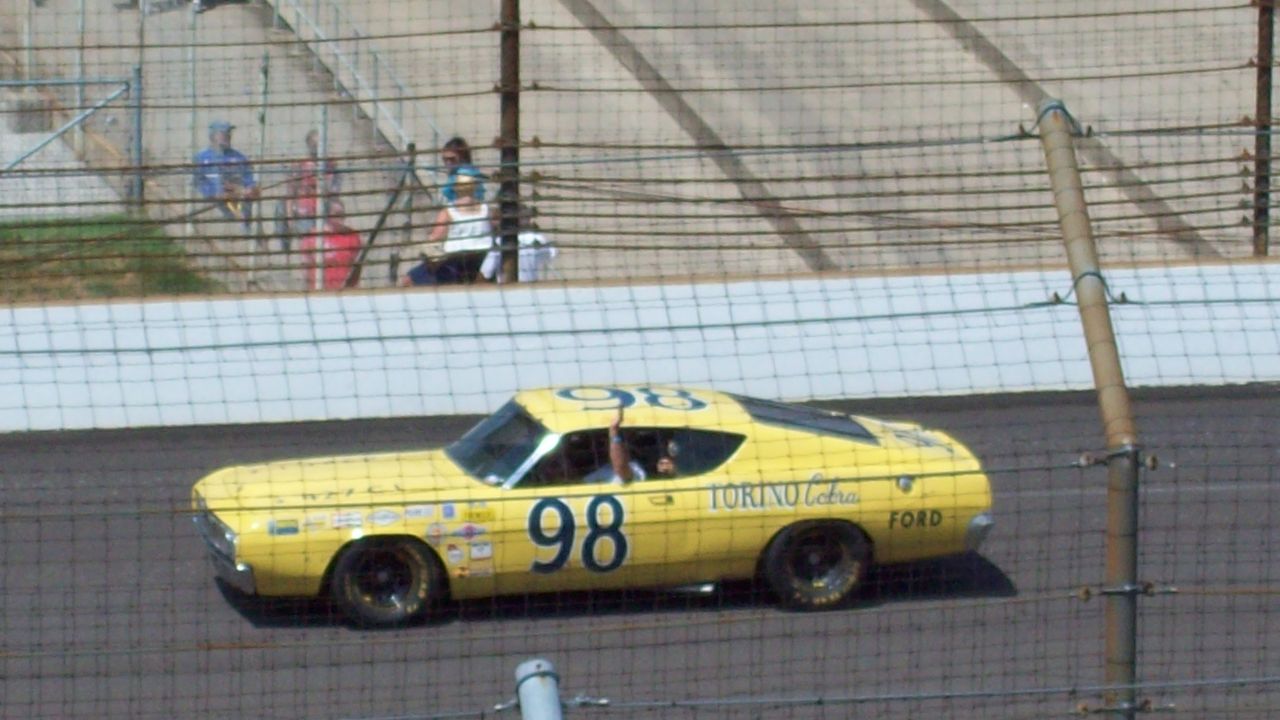
The Ford Torino Talladega’s historical significance cannot be overstated. It played a crucial role in Ford’s racing history, contributing to the brand’s reputation as a powerhouse in American motorsports. The car’s success on the track and its innovative design made it a standout during its time, and it remains a symbol of Ford’s commitment to performance and competition.
Rarity is another key factor driving the demand for the Torino Talladega among collectors. With only a few hundred models produced, each car is a piece of history in its own right. Collectors are drawn to the Talladega not only for its performance but also for its cultural impact. Its legacy in automotive history is cemented by its contributions to racing and its enduring appeal among car enthusiasts. The Talladega is more than just a vehicle; it’s a testament to a bygone era of automotive innovation and rivalry.
Restoration and Ownership Challenges
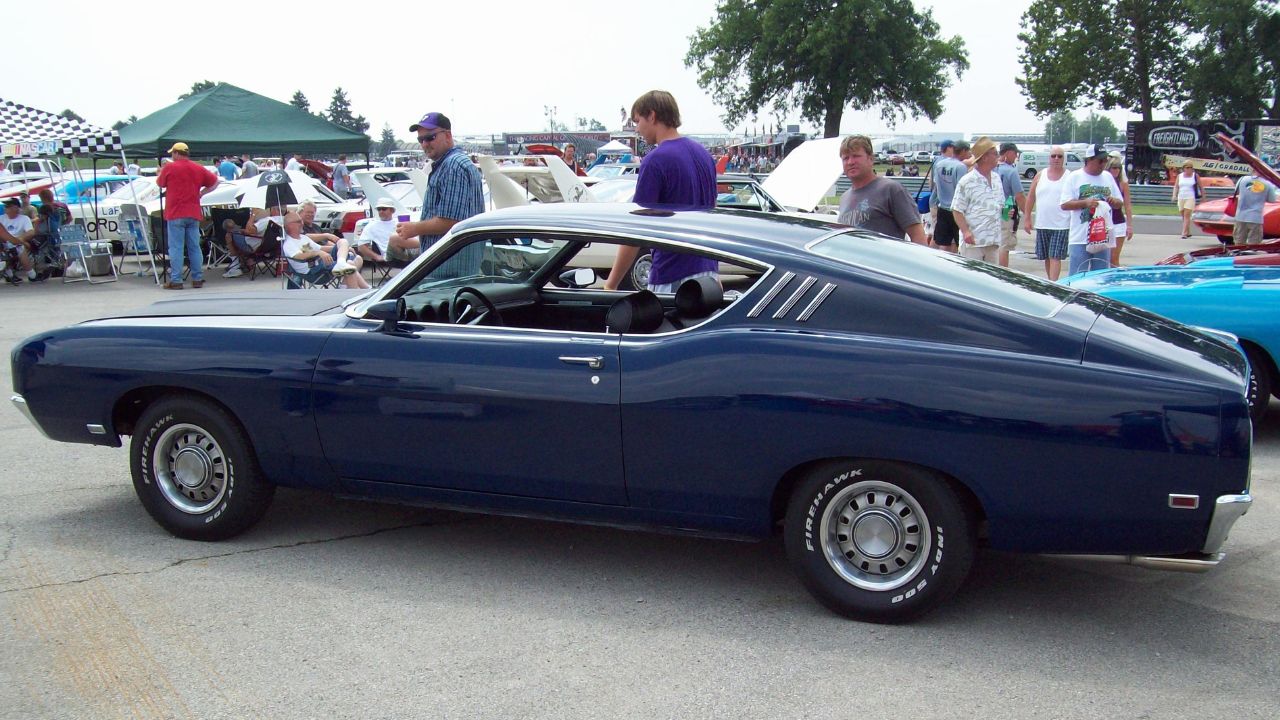
Owning a Ford Torino Talladega comes with its own set of challenges, particularly when it comes to restoration. Potential buyers should be aware that restoring a Talladega to its former glory can be a complex process. Given its rarity, finding original parts can be difficult, and restoration often requires sourcing components from various suppliers or fabricating parts to match the original specifications.
Maintenance is another consideration for owners of this classic car. Keeping a Talladega in peak condition requires dedication and a willingness to invest in ongoing care. Parts availability can be limited, and specialized knowledge is often needed to maintain the vehicle’s performance and authenticity. However, the rewards of owning such a significant piece of automotive history far outweigh the challenges. Many current owners share stories of admiration and pride, emphasizing the joy of preserving and showcasing this iconic vehicle.
Like Fast Lane Only’s content? Be sure to follow us.
Here’s more from us:
*Created with AI assistance and editor review.

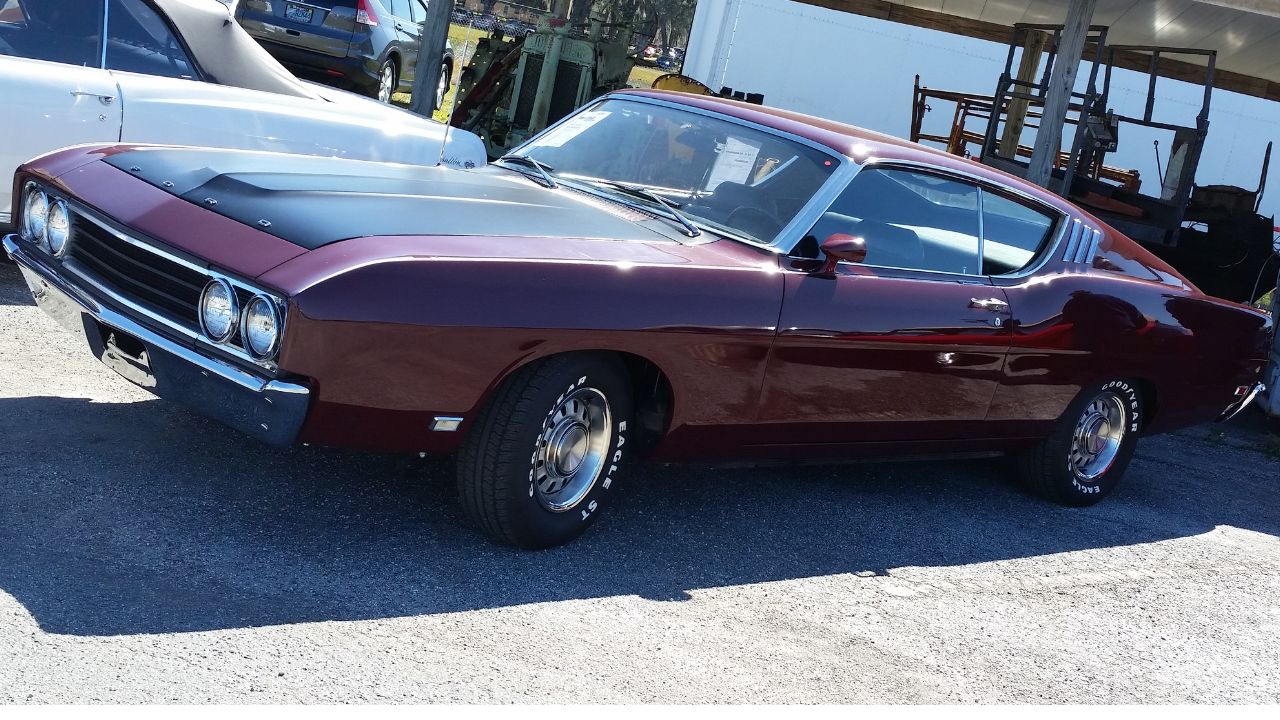

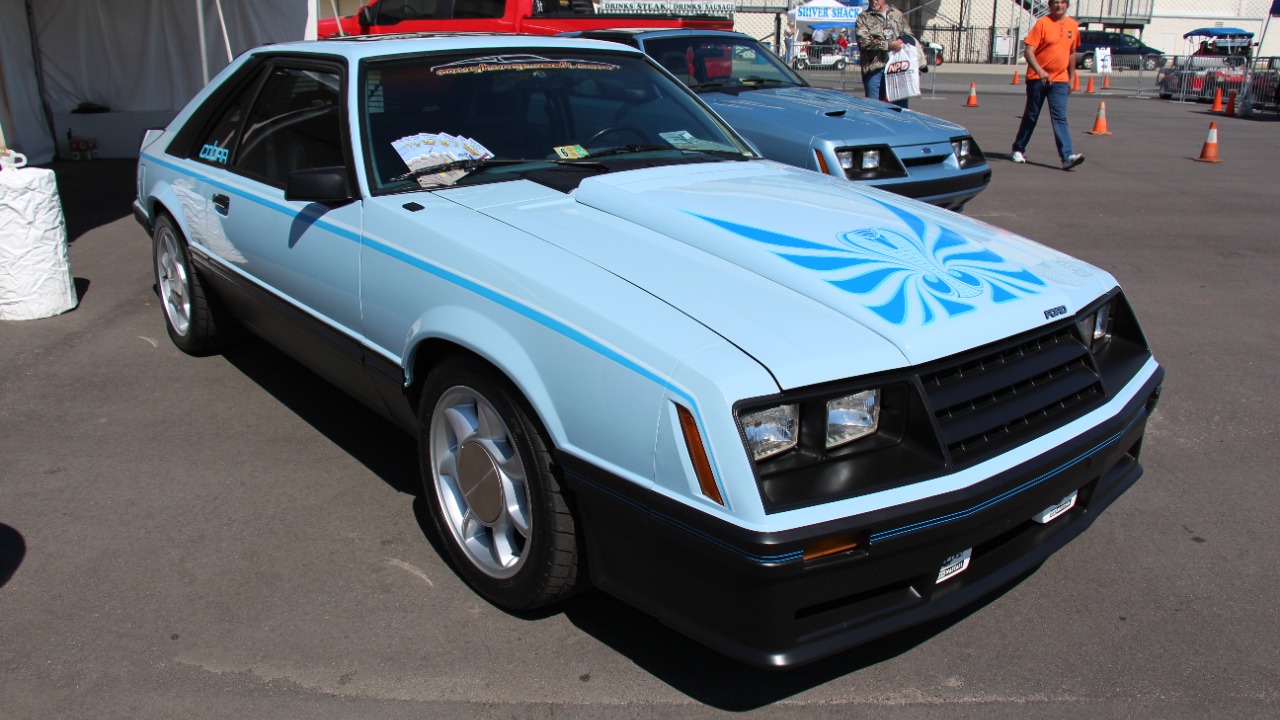
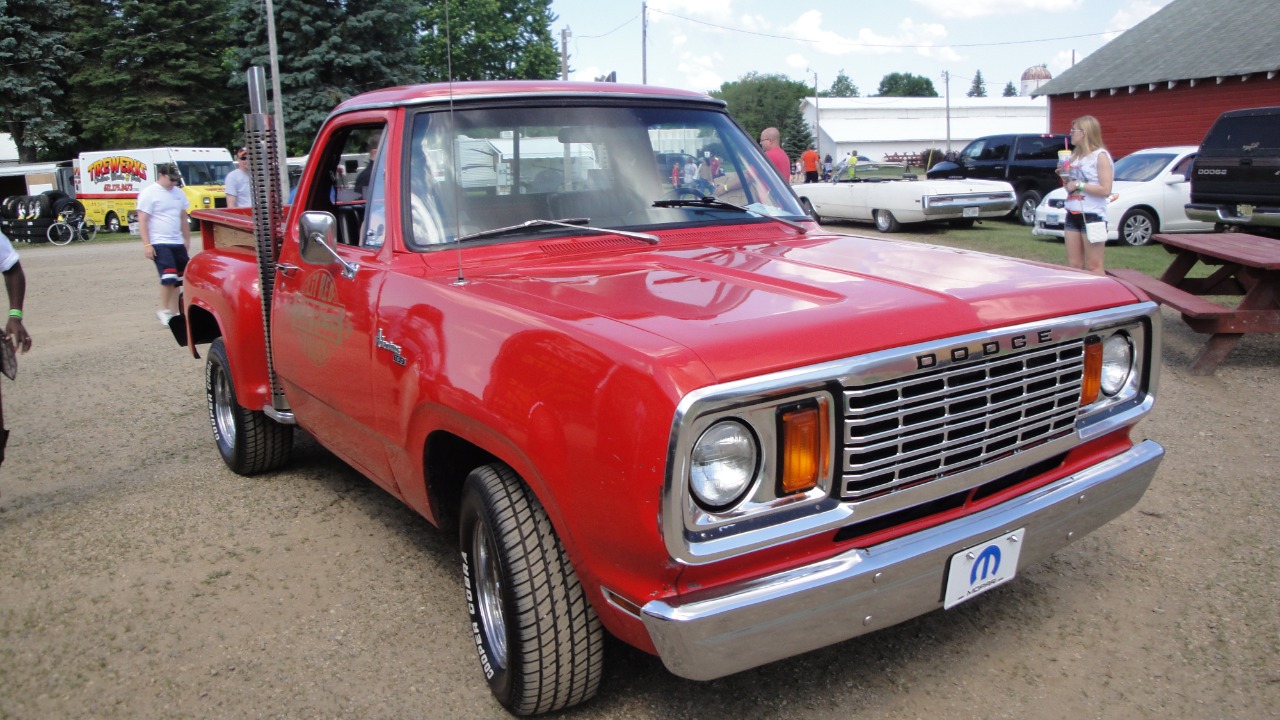

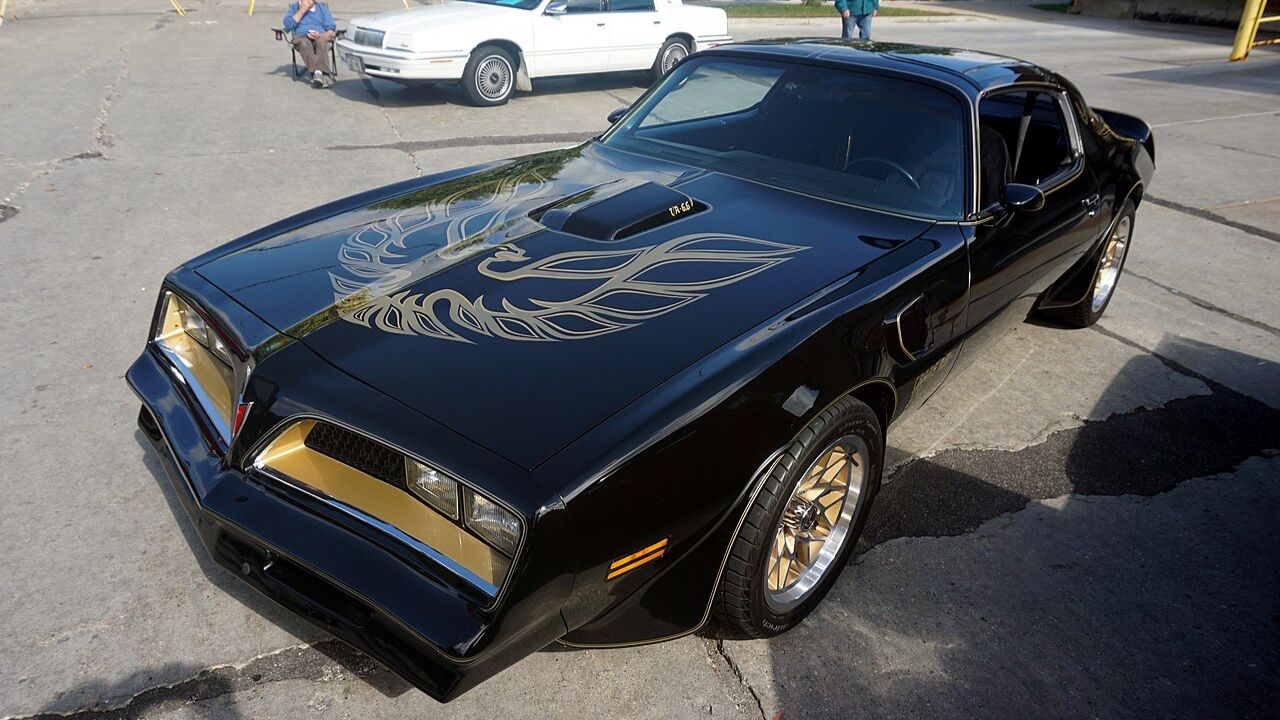
Leave a Reply